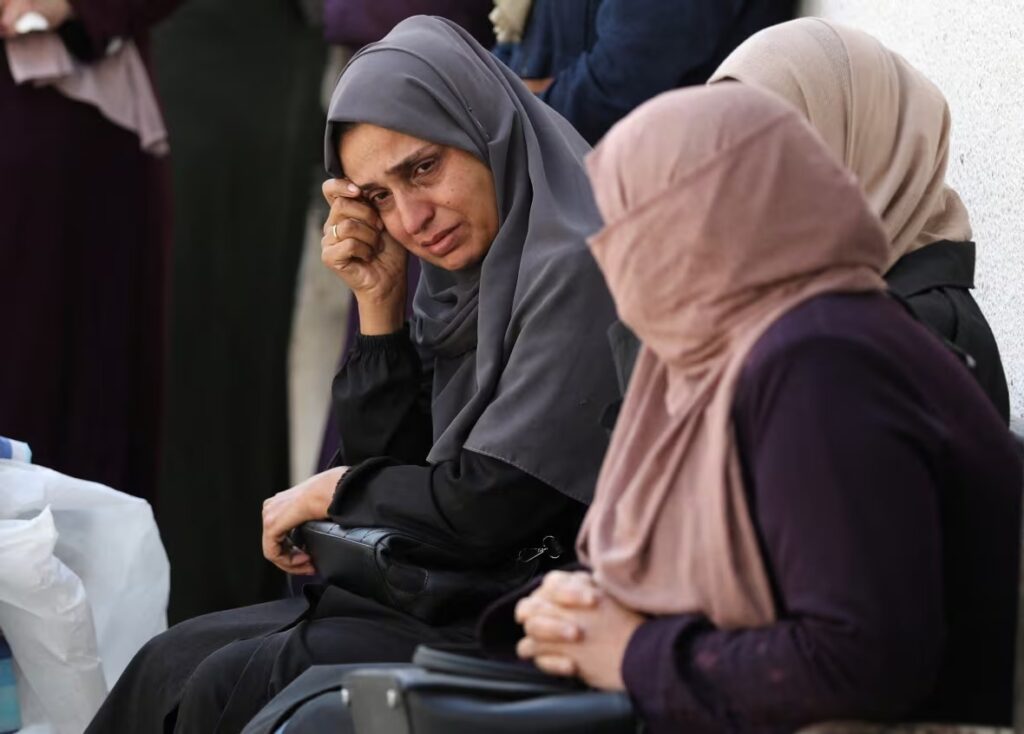Israeli forces have expanded control over Gaza after the ceasefire ended in March. Now, about half of the territory is under Israeli command. On Monday, cabinet ministers in Israel approved a new plan to take control of the entire Gaza Strip. Two Israeli officials confirmed the decision. The army will stay in Gaza for an unknown amount of time. The main goals are to defeat Hamas and free Israeli hostages. As the plan moves forward, more Palestinians may be forced to leave their homes, adding to the region’s humanitarian crisis.
Israeli Troops Push Deeper Into Gaza
The Israeli army has called up tens of thousands of reserve soldiers to support the operation. Military leaders said the goal is to break Hamas’s control and prevent future attacks. The vote to approve the new strategy took place early Monday morning. This decision marks a major shift in Israel’s military approach to Gaza since the ceasefire failed.
Troops will now aim to hold territory instead of carrying out short missions. Officials said that many people in Gaza will likely move south, where food, water, and shelter are already limited.
Humanitarian Aid Blocked as Crisis Grows
Since the end of the ceasefire, Israel has blocked aid into Gaza. This includes food, fuel, and clean water. The result has been widespread hunger and growing unrest. Looting has increased as people search for ways to survive.
The new strategy also includes strict control over aid. Israeli officials claim that Hamas uses aid to stay in power. By blocking access, the army hopes to weaken Hamas’s grip on the region. Strikes on Hamas buildings and supply routes are expected to continue.
Hamas Accused of Using Aid for Power
Officials say Hamas collects and stores large amounts of aid. They claim this prevents ordinary people from getting what they need. Israel’s goal is to stop this behavior by taking over supply areas.
Military leaders explained that by cutting off Hamas from these resources, they can reduce the group’s strength. The Israeli army has already begun targeting key aid distribution points controlled by Hamas.
Controversial Emigration Plan Draws Criticism
As part of the broader strategy, Israeli officials are discussing a plan to move people out of Gaza. They have contacted several countries to explore the idea. The plan is being called “voluntary emigration” and is linked to a past proposal by former U.S. President Donald Trump.
Many nations, including those in Europe and the Arab world, have strongly opposed the idea. Critics say the plan could amount to forced displacement. Israel insists that the emigration would be optional and happen in stages. However, officials have kept most details secret due to the sensitivity of the topic.
Ceasefire Talks Remain Frozen
Despite international efforts, talks between Israel and Hamas have not moved forward. Israeli officials hope that their actions on the ground will pressure Hamas to change its stance. So far, that has not happened. Hamas continues to hold firm on its demands.
With no clear path to peace, the situation in Gaza is likely to grow worse. Aid groups warn that thousands of people are at risk if help does not arrive soon.
The future of Gaza remains uncertain. Israeli officials say they will stay until Hamas is fully dismantled. But there is no set timeline for how long that will take. Many experts believe the conflict will last for months unless a new deal is reached.
In the meantime, the humanitarian situation continues to decline. Food, medicine, and clean water are hard to find. Many families have been forced to flee their homes. Aid workers are urging all sides to allow safe access to help those in need.
